How do you prepare ceremonial cocoa?
In this article, I write about my experience of preparing ceremonial cacao - a mixture of pure cacao liquor and hot water - as drunk in the countries of origin of the cacao plant. I am glad that I can not only share theoretical knowledge here. In winter 2018 I rented a small ice cream parlor in Prenzlauer Berg in Berlin. There I was able to test many different types of cocoa and preparation methods with real customers for over four months. I even got into the café with the caféExberliner Magazine.
For me, the café was a laboratory from the start - I knew that the concept was too special to be profitable. I wanted to test recipes there and capture customer opinions directly. At some point there may be a Moruga Café or Cacaó again - but not for the time being.
The cafe is still openGoogle Maps.

water temperature
Curious descriptions and downright mystical explanations regarding the preparation temperature of cocoa circulate in many places on the Internet. I can safely say that these statements claiming that cocoa should not be heated above 42C to work are outright humbug. The cultural and culinary tradition of South America, which so many mystical self-proclaimed cocoa shamans use, involves roasting the cocoa beans. Raw cacao was never anchored in these cultures, nor was drinking raw coffee in Ethiopia.pien.
In the experiments at my cocoa café, I was able to find out that three factors play into the drinking experience of ceremonial cocoa:
The hotter, the bitter
On the one hand, the beverage appears to become more bitter as the preparation temperature increases. I have found that temperatures beyond 70-80C lead to a change in flavor and the cocoa is perceived as more bitter. Although I haven't come across any studies on this yet, I base my attempt at an explanation on coffee and tea, both of which excrete more bitter and tannin substances into the surrounding water when the infusion temperature is increased..
The colder, the creamier
On the other hand, the cocoa becomes creamier as the drinking temperature drops. I have found that cocoa, which I leave for a while, produces an extremely pleasant mouthfeel despite an atypically low drinking temperature. I explain this to myself by the increasing firmness of the cocoa butter as the temperature drops, which crystallizes from ~37C from a liquid oil into a hard fat. I was often able to experience a particularly pleasant drinking experience at a drinking temperature of ~45C. Admittedly - this temperature is far below the usual drinking temperature of hot drinks, which we like to sip at ~60C.rfen.
The colder, the more aromatic
In addition, and this is really very subjective, I think I can perceive more of the very fine aromas in the cocoa at a lower drinking temperature. This phenomenon is well known in the tea world. There are teas that are only brewed at ~60C and even drunk at just 30C - for exactly this reason.d.
types of preparation
Preparation in the mixer
Many sites recommend the preparation of ceremonial cocoa in a blender - I recommended it myself in the video below in 2019. Honestly, I'm not the biggest fan of it anymore (as of 2021). The mixer makes it difficult to control the drinking temperature, as the cocoa in the mixer cools down rapidly due to the rapid contact with a lot of air. For small amounts, i.e. a cup for myself, I also find the effort for rinsing the mixer too high.
I can recommend the preparation in the blender if you want to prepare cocoa for many people at once, e.g. for a cocoa ceremony. To do this, simply add as much cocoa as you need to the blender along with hot water and let the blender do the work. In the best case, the cocoa becomes very frothy. PLUS: You can chop dates or bananas or spices in the blender.
Preparation in the Thermomix
In my café in Berlin I had a Thermomix available (those things are really expensive) with which I was able to conjure up the creamiest cocoa so far. Why was the preparation in the Thermomix so special?
In the Thermomix, I was able to gradually heat cold water and cocoa to 60C while stirring slowly until it had completely dissolved and finally whipped it at full speed until it was foamy for 3 seconds. The Thermomix is the only device I know of that can both stir slowly and gradually increase the temperature and then come up to high revs for the foam at lightning speed..
I hope that one day I can design a device with the same function that is designed for the preparation of cocoa and does not cost more than 1000..
Preparation with the whisk
This method of preparation, together with shaking in a shaker, is the most minimalist. For this you need a jug or a coffee pot and a whisk, the round handle of which you can turn between both hands. Square stems do not work! I have at the beginningthis whisk here sold - because our shaker is a better instrument, I stopped selling it.
You pour ~70C hot water into the pitcher and add as much cocoa as you like. At the beginning you can take the whisk with one hand and push the cocoa back and forth in the hot water and stir gently until it has dissolved. Then you put the whisk all the way into the water and turn the handle back and forth between both hands - as if you wanted to start a fire with it. As a result, the whisk rotates very quickly in the water and you can whip the cocoa really nice and foamy..
Preparation with electric hand milk frother
With the hand milk frother you can do it in almost the same way as with the whisk. However, the revolutions and the power of the small battery-operated head are usually much weaker than your own muscle power, so your cocoa will have less foam than if you make a fire in your cocoa manually with a whisk.”.
Preparation with the steam nozzle of a portafilter machine
This method of preparation is totally irrelevant for many - but café owners and coffee nerds who have a portafilter machine at home keep asking me about it. I absolutely advise against the preparation with the steam nozzle! The cocoa is then heated up too much at certain points - the result is a burnt, bitter taste.
I know that most cafes use the steam wand on the portafilter machine to make their hot chocolate by default. However, if we rethink cocoa, we also have to rethink the way it is prepared. Nobody would think of preparing a flat white by mixing espresso and milk and then frothing both with the steam nozzle. So keep your hands off the steam nozzle!!!
Preparation in the electric automatic milk frother
I have tried many electric milk frothers and so far I have been dissatisfied with every single one. The problem here is that the cocoa is heated too much at certain points on the underside of the milk frother, giving it a burnt aftertaste. However, if you already have a milk frother of this type at home, you can avoid this problem by pouring hot water from the kettle at 70C together with the cocoa into the milk frother and only using the cold stir function. As a result, the cocoa cannot be burned by the milk frother, but it is still stirred until creamy by the motor.rt.
Preparation with a thermos bottle or our cocoa shaker
Who would have thought it - cocoa is best shaken, not stirred!
By far the easiest way to prepare your cocoa came to me when ice bathing - or after. Because of my social projectIcedippers I went ice bathing every Saturday in the cold Berlin winter and of course I often took cocoa with me to warm up afterwards - in a thermos flask.
One Saturday I was running late and I just tossed hot water in the thermos along with cocoa and quickly jumped on my bike - figured I could somehow whip up the cocoa with a spoon on the spot. O wonderful surprise! When I got there, I didn't even have to mix the cocoa. By shaking it back and forth in my backpack, the cocoa had already completely dissolved in the hot water and was nice and creamy.
Then I started testing different thermos bottles for this type of preparation. The problem with most thermos flasks is that they cannot withstand the pressure that builds up inside the flask when you shake a hot liquid in it. The cocoa then runs out or splashes around in the area. Thermos bottles with a push button are therefore completely unsuitable for this.
Why is there pressure at all? A hot liquid is filled into the bottle, over which there is relatively cold air. When you close the bottle, you lock that air in. When shaken, the hot liquid heats up the air and warm air expands. It cannot escape, which is why there is overpressure in the bottle..
I found a bottle whose cap disappears into the neck of the bottle so that you don't burn your fingers when you open it and the cocoa doesn't splatter all over the kitchen.
We have the thermos bottle printed with our logo and sell ithere as a cocoa shaker.
Another advantage: the cocoa stays warm in the cocoa shaker for over 12 hours.
A word about water quality
Tea drinkers and coffee drinkers appreciate the quality of the water they use to brew their favorite beverages. In both worlds, standards have formed around the mineralization of the water. Of course, this also applies to cocoa. Your cacao is over 95% water - so make sure it's good water. I myself lived in Berlin for a long time, where the water quality straight from the tap was bad (pun intended) for drinking pleasure.
Back then I used natural mineral water from the supermarket for my hot drinks. If you are interested in the topic of water quality, then it is best to read through the various blogs, magazines and interviews from the world of coffee, e.g. this one fromCoffee Circle. There are various filter systems that can turn the water from the tap into a high-quality drinking experience, and good cafes invest tens of thousands of euros in such systems. However, the world of water filters can be very confusing and unfortunately I cannot make any recommendations because I am currently connected to the fresh spring water system in the Palatinate Forest and am very satisfied with it.
enjoy
Jonas
I was drinking as I was writing: nothing as I was fasting😇






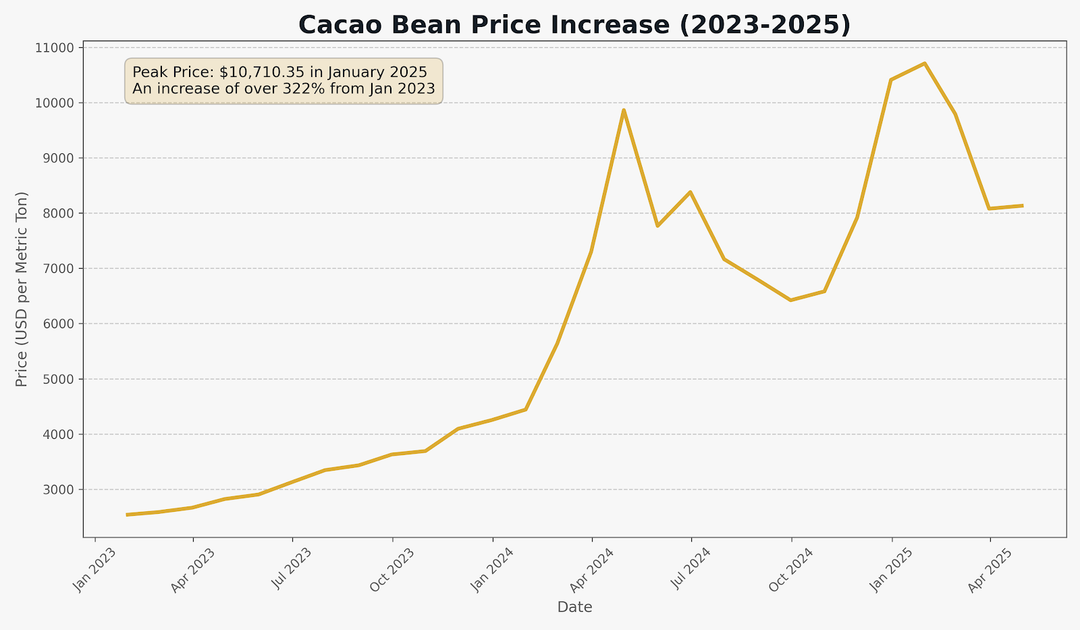
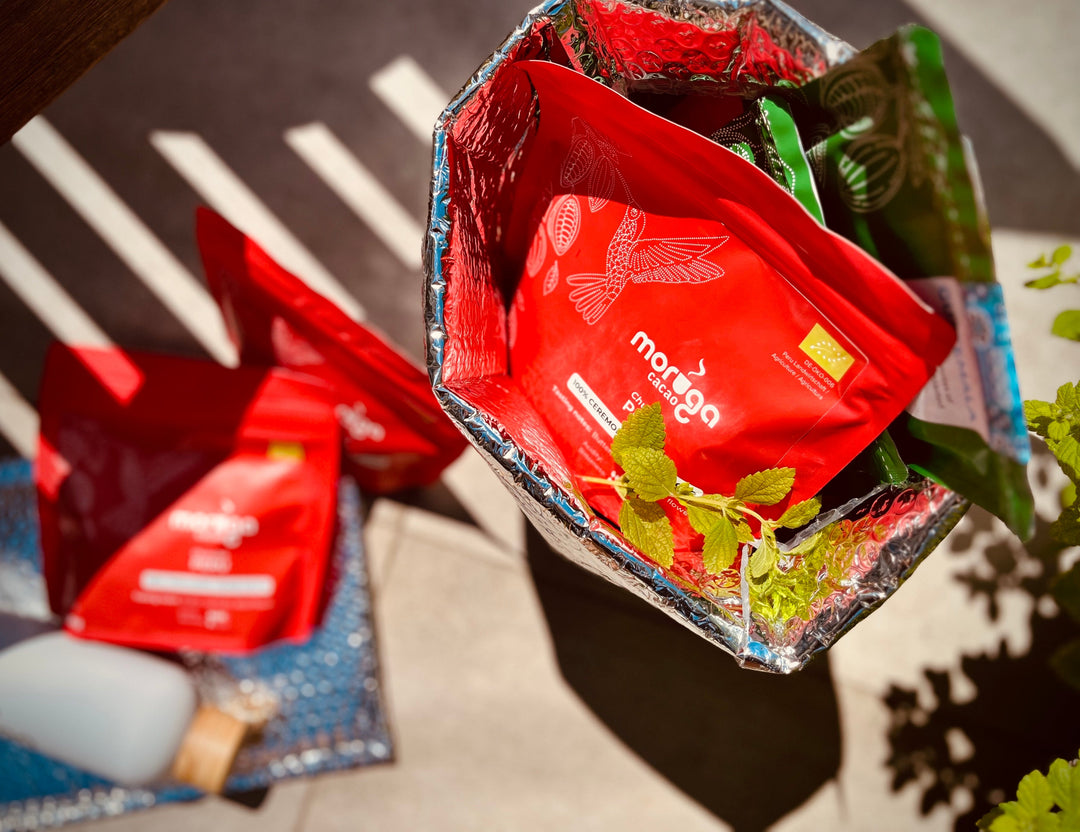
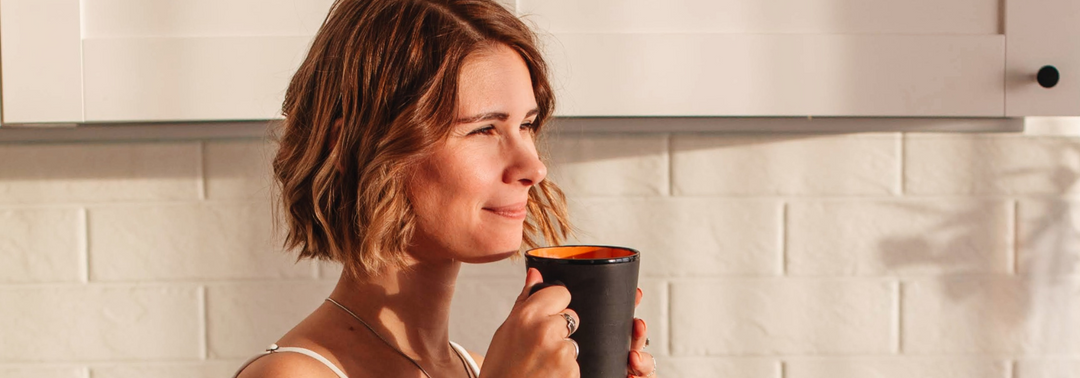
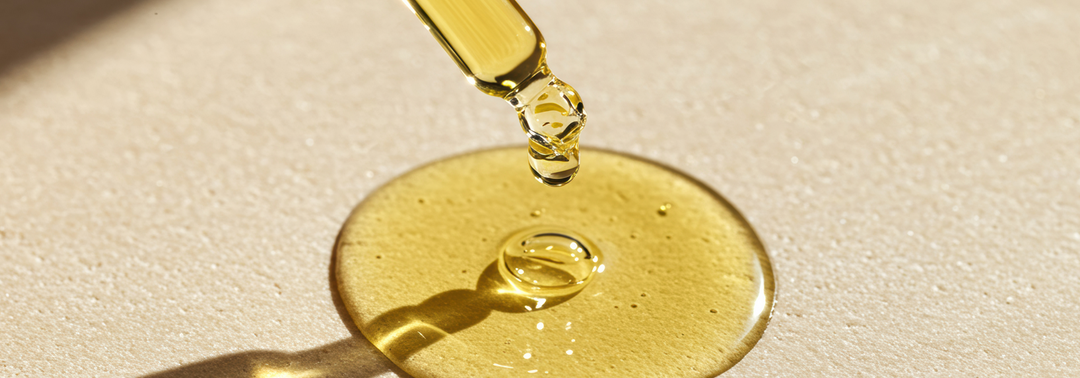
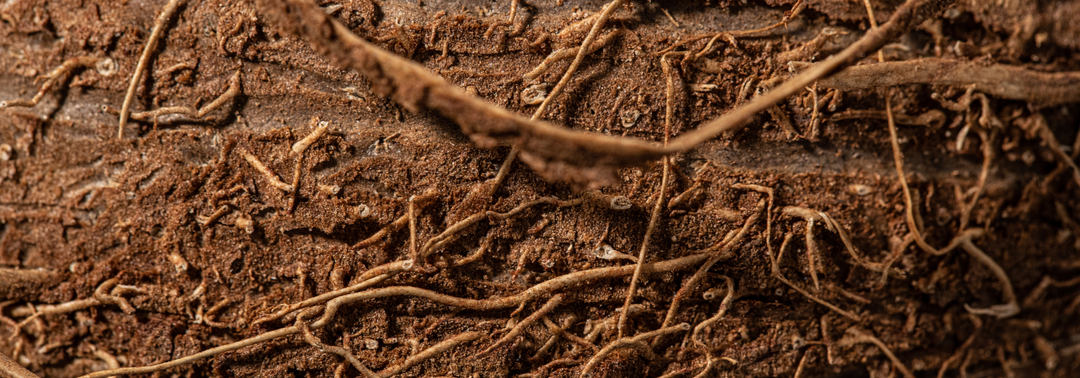
Vielleicht ergänzen Sie die Zubereitungshinweise noch um eine Empfehlung, wie viele Kakao drops pro 100 ml Getränk verwendet werden sollen. Vielen Dank.
Vielleicht ergänzen Sie die Zubereitungshinweise noch um einen Hinweis oder Empfehlung, wie viel Kakao man benutzen sollte, also wie viel Kakao pro 100 ml Getränk. Vielen Dank.
Thank you for clear and precise information about temperatures amongst other things:) Best wishes Leila
Danke für deinen lieben Kommentar Clara 😍 Ich hoffe, du genießt auch weiterhin deinen Kakao!
Hey Jonas, lieben Dank für deine Erfahrungen aus dem realen und vielfältien Probieren. Das erspart mir so einige Selbstversuche. Lach.. ich bin auch gerade am Fasten und freu mich danach auf einen schönen in der Thermosflasche geschüttelten Kakao.
Alles Liebe für Dich und herzliche Grüße
Clara
Leave a comment